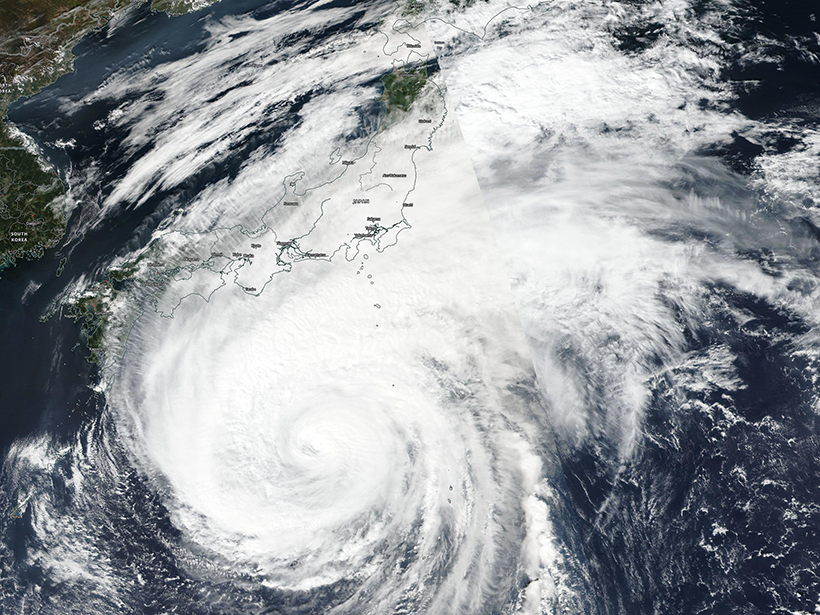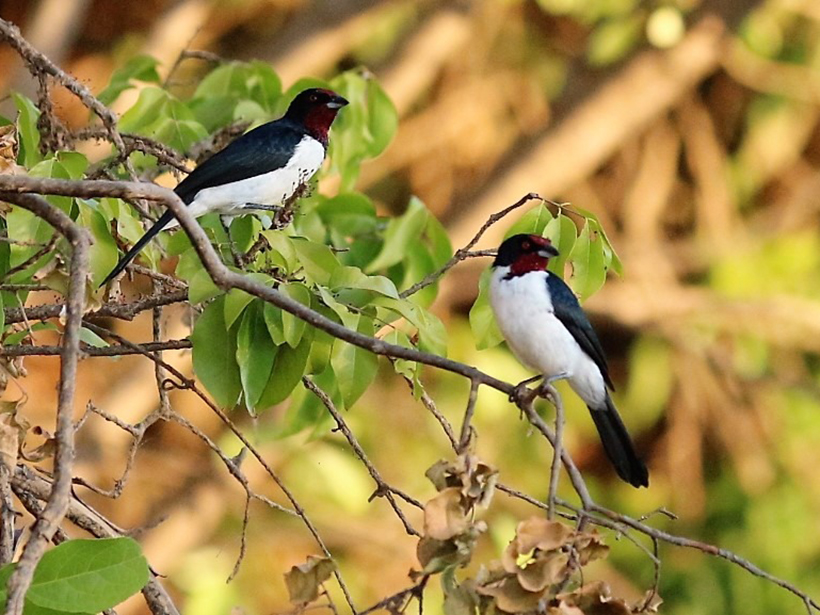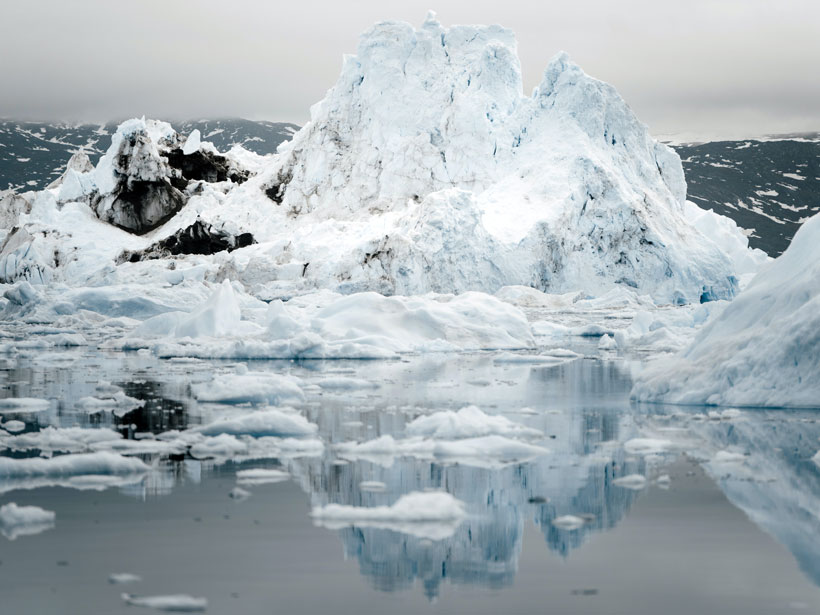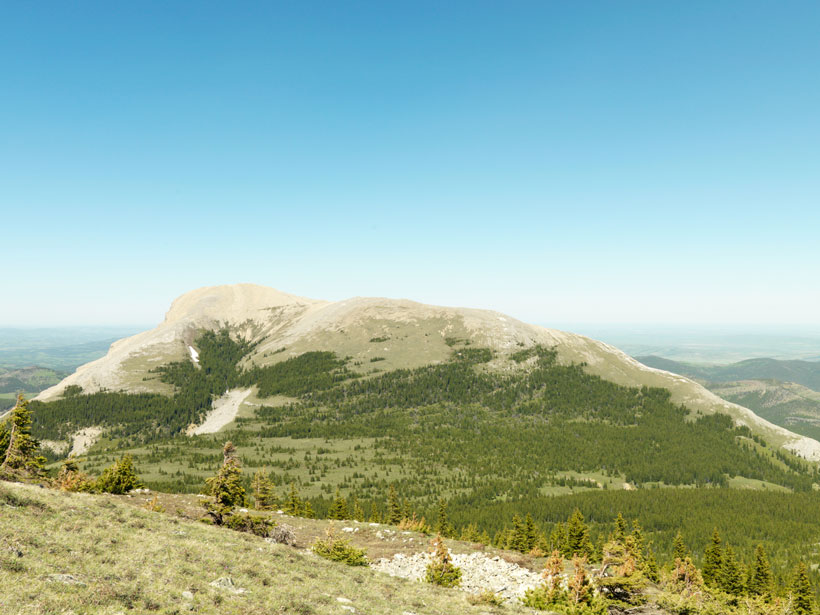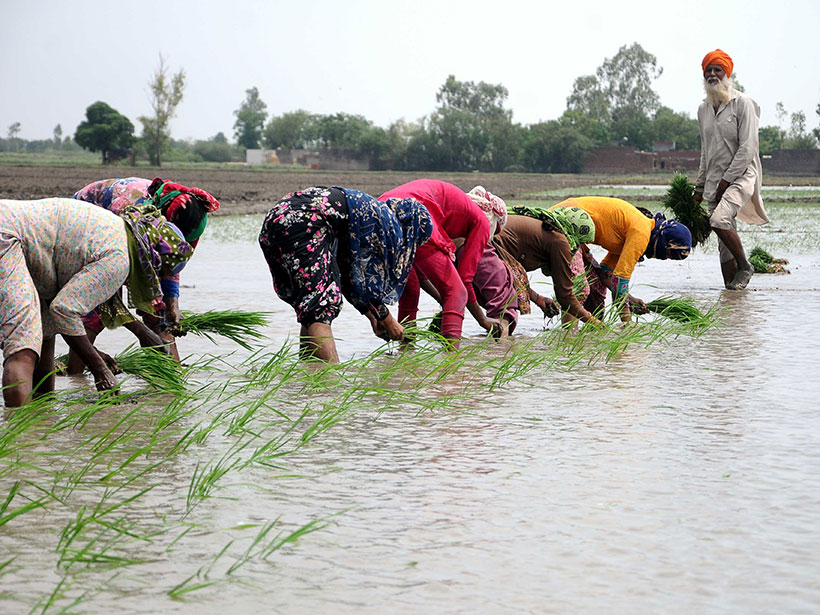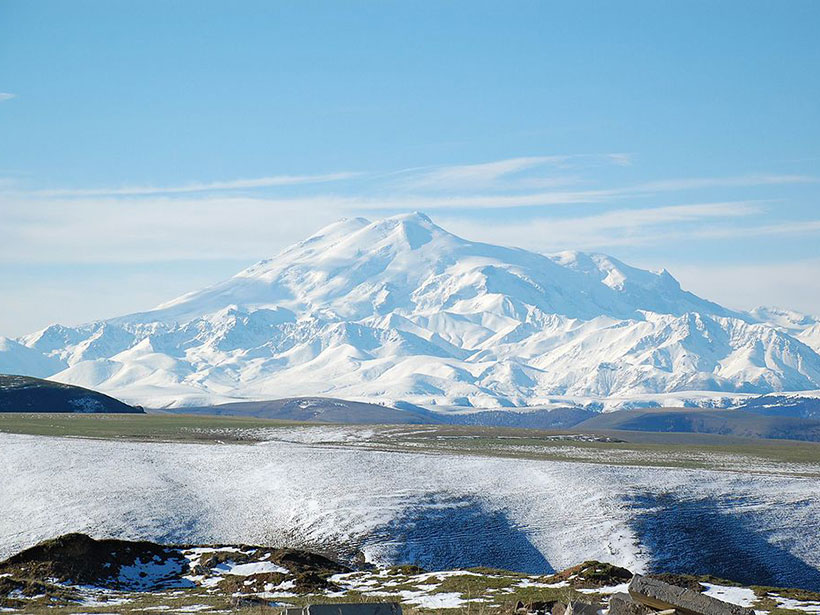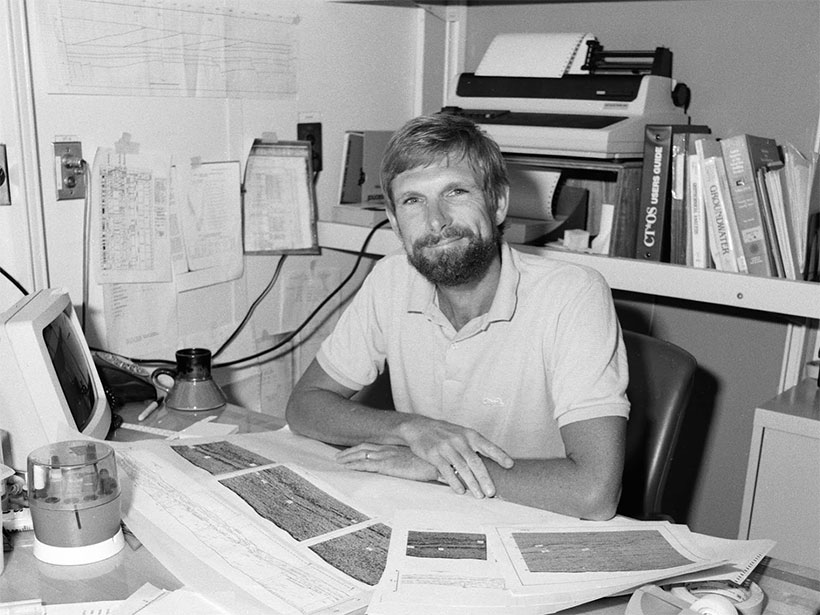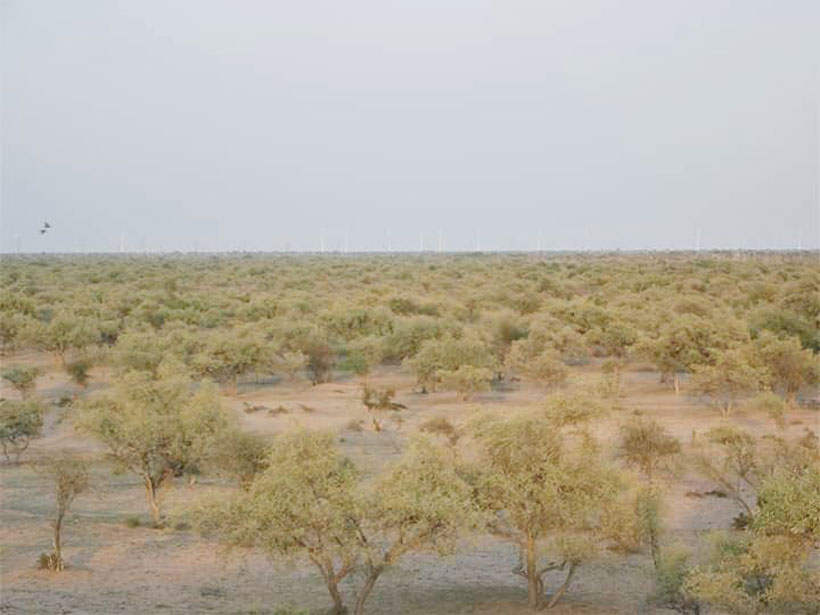New research shows a growing threat from Pacific storms amid climate change.
News
Birds Are Getting Caged In at Brazil’s Savanna
Deforestation and climate change threaten life in the Cerrado. A new study shows how few places there are left to go.
Cielos Despejados Sin Precedentes Condujeron a un Notable Deshielo en Groenlandia
A los científicos les preocupa que los modelos climáticos actuales no tomen en cuenta el impacto de las condiciones atmosféricas en la capa de hielo del Groenlandia, y en consecuencia, puedan subestimar drásticamente su derretimiento.
Canada’s Rocky Mountain Forests Are on the Move
Using century-old surveying photos, scientists have mapped 100 years of change in the Canadian Rockies to document the climate-altered landscape.
This Week: Thirsty Rice, Engaged Investors, and a Bulky Starship
What Earth and space science stories are we recommending this week?
Fragrances in an Ice Core Tell a Story of Human Activity
An ice core from Europe’s highest peak contains scent-imparting molecules whose trends mirror the Soviet Union’s economic ups and downs.
J. Casey Moore (1945–2020)
This polymath Earth scientist pioneered multidisciplinary studies of subduction zones on land and at sea.
Solar Mandates in Sacred Groves
As India moves toward ambitious climate goals, it is trampling on sacred groves in desert ecosystems.
Deep-Sea Mining May Have Deep Economic, Environmental Impacts
A new report supports the creation of a compensation fund for nations that rely on terrestrial mining, but it fails to dispel environmental concerns over deep-sea mining.

